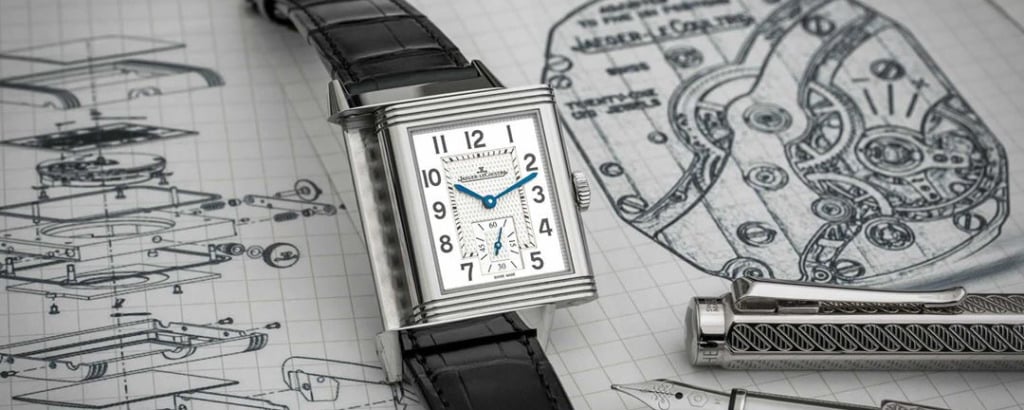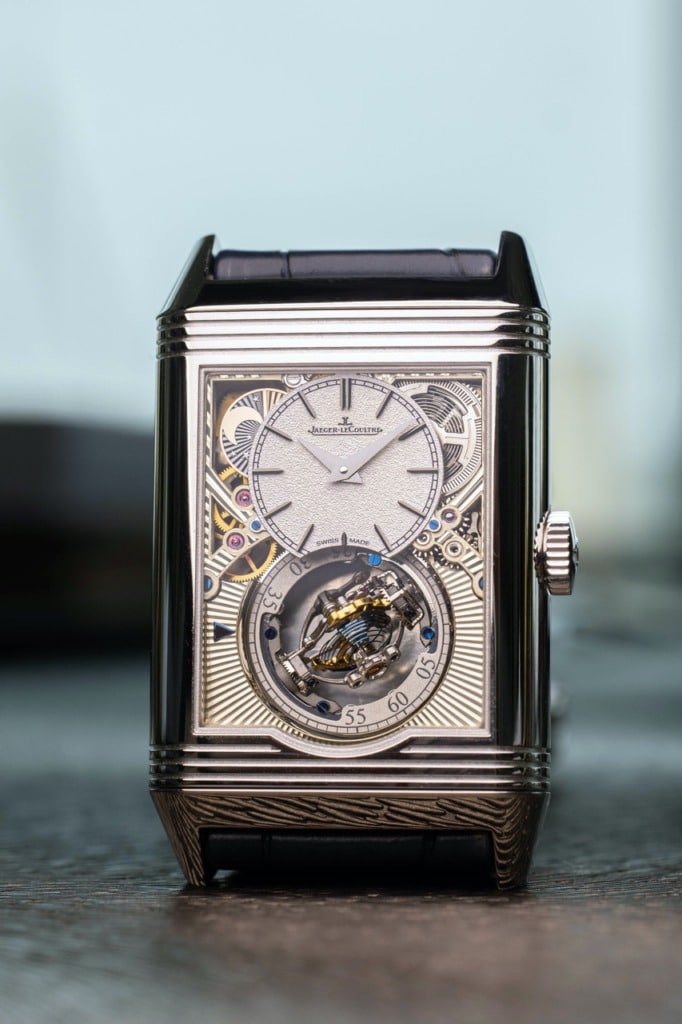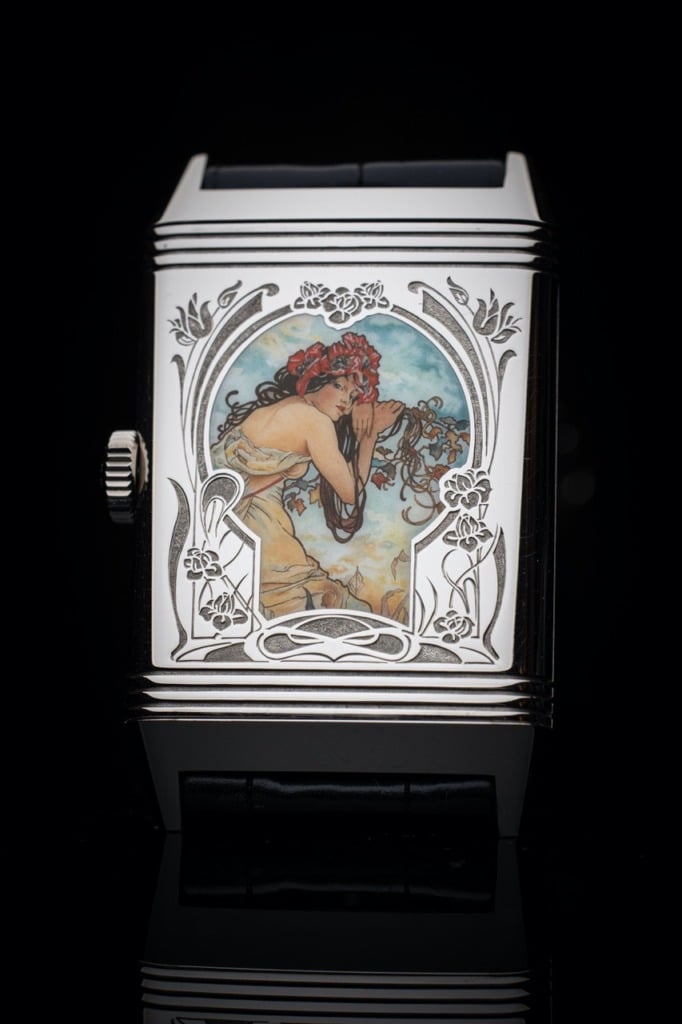Jaeger-LeCoultre is one of the oldest watch manufacturers in the world. Their history dates back to 1833 when Antoine LeCoultre founded the LeCoutre company in the Vallée de Joux, Switzerland. Antoine was a genius in the design and engineering of watch movements, and this earned him the nickname of “the watchmaker’s watchmaker” as he sold parts or entire movements to luxury brands such as Audemars Piguet, Patek Philippe, Vacheron Constantin.
Edmond Jaeger, a French watchmaker, reached out to Antoine LeCoultre in 1903 and challenged him to develop and produce ultra-thin movements for his watches. It was at this moment that the partnership between Mr. Jaeger and the LeCoultre family began.
Later the same year, Mr. Jaeger and Cartier signed an exclusive agreement that the French luxury jeweler would receive all movements that Jaeger would produce for the next 15 years. And guess what? The collaboration resulted in the creation of Cartier’s Tank and Santos watches, all supplied with movements coming from the LeCoultre factory. The relationship between the LeCoultre and the Jaeger family grew over the next decades and in 1937, they officially joined forced and merged into the Jaeger-LeCoultre we know today. Since 2000, the brand is fully owned by the luxury holding group Richemont.
Over the course of time, Jaeger-LeCoultre (often referred to as JLC) invented many iconic timepieces, one of which is the Jaeger-LeCoutre Reverso. The iconic masterpiece was initially introduced in 1931 and was only branded as LeCoutre’s Reverso. British imperialists in India asked for a wristwatch that could withstand the impact during a polo match. The solution was a reversible case design that allowed the dial to be reversed and protected. This means that during a match, the wearer would reverse the watch and the backside would then be on top. If he wanted to check the time or if the match was over, the wearer would simply flip the case back to its normal state with the dial up. This innovation was groundbreaking in the early 1930s and ever since, the Reverso is a need-to-know timepiece for every watch enthusiast.
Jaeger-LeCoutre Reverso Gyrotourbillon
Jaeger-LeCoutre Reverso – Alfons Mucha Summer
Jager-LeCoultre has introduced many stunning variations of the watch that have deviated from the purpose of its original creation. Personally, I love the Reversos with enamel dials. My favorite might be the Alfons Mucha series. Mucha, who was living in Paris during his prosperity, was a Czech artist well known in the Art Nouveau period (Deutsch: Jugendstil). One of his most famous work was a series, called “The Seasons” from 1896, where he portrayed the four seasons in women’s characters. In this example, you can see the summer depicted by a sensual brunette with red poppy flowers in her hair. Well done JLC! What a perfect way to connect historic art and fine watchmaking.
The ultimate Reverso might be the Tribute Gyrotourbillon in platinum, limited to only 75 pieces worldwide (see first picture and the pictures below). The piece is a true masterpiece with its two contrasting faces. While the classy front dial is beautifully decorated with blued dauphine hands that stand out elegantly against the grained white dial, the backside of the watch is entirely skeletonized and the bridges are decorated by hand. This gives the dial a unique appearance. The model also has a lot to offer in terms of watchmaking: a second time zone, a day/night indicator at 2 o’clock and a small seconds hand on the Gyrotourbillon. This is fine watchmaking at its best! Such a stunning piece and definitively hard to beat when it comes to horological handcraft.
We thank our dear friend Haoming Wang (IG: @h.m.uhren) for the jaw-dropping pictures of the beautiful Jaeger-LeCoultre Reverso watches. Definitively a must-follow Instagram account (if you don’t follow already) for all watch enthusiast.
Photography: Haoming Wang: @h.m.uhren



